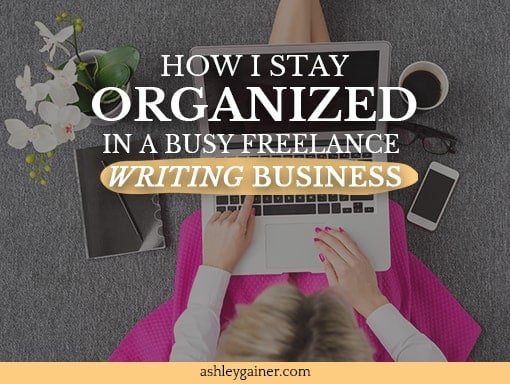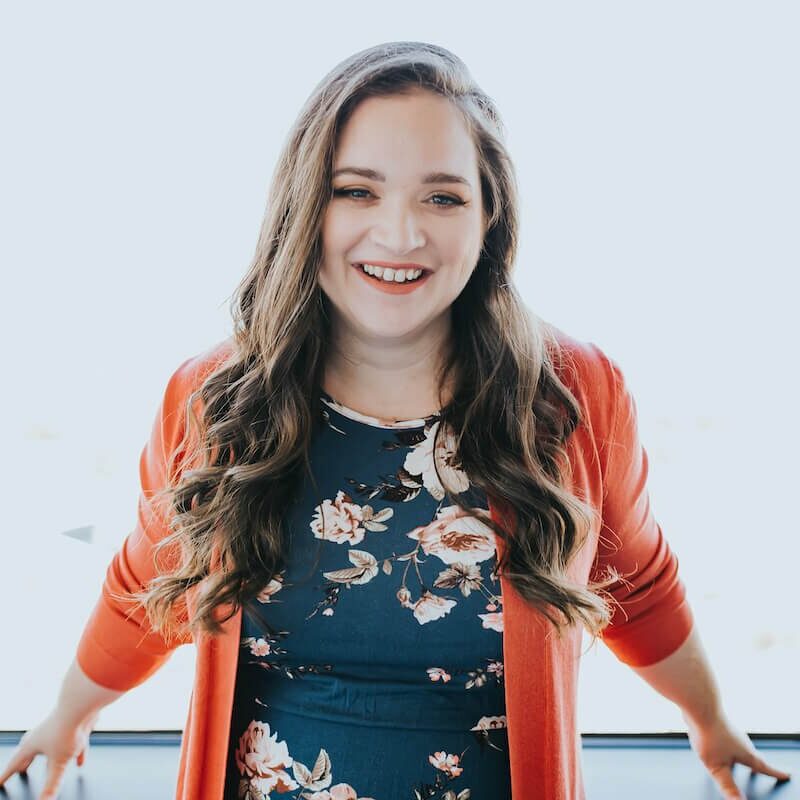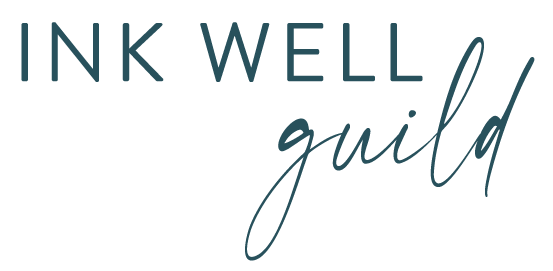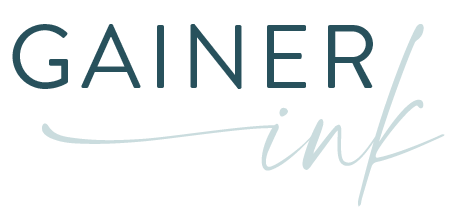What the heck is a paper whiteboard?
This question came up in one of the live sessions in my Facebook group, the Ink Well Guild. It’s always awesome to hang out with everybody, and during that live I held up this thing that I call my paper whiteboard and someone said, “what’s a paper whiteboard?”
So, here are the details!
The Composition Book
Around 2015 I started hanging out online with this guy named Ryan Lee. He’s been an internet marketer since like 1998. He knows a whole lot about Internet marketing!
He is all about the streamlined, simplified business. It doesn’t have to be super complicated. You can get to $1 million, and all you need is a legal pad (and maybe planning, a computer, and action!).
One of his “things” is the composition book. You know, the 99-cent notebook with the black and white marble cover that you can get at Walmart and use for school. He would run his business with his laptop and his composition book, and rake in a cool million or two (or four).
Around the time I joined Ryan’s group, I had been trying to run my business but also started thinking about doing courses. Until then I had notebooks with loose leaf paper or spiral-bound journal notebooks or spreadsheets and Google docs–all these different pieces of note taking, scattered everywhere. I wouldn’t always know where something was. I would just know that at some point I was writing about this thing or thinking about this thing or whatever.
So, I liked Ryan Lee’s idea of keeping everything contained in one spot. Plus, a composition notebook is portable, inexpensive, and easy.
It was helpful to have a place where everything was contained. When it was time to do anything official, like start a draft or type an outline, I’d go to Google docs. But the starting point was always in the same spot. And, I could use it on my bed, the kitchen counter, my workspace, waiting at appointments, all of it.
I went from being scattered and disorganized and where did I write about that and where did I put that to having everything contained in this composition book.
But then the frustration was I kept flipping through the pages and “I know I wrote about this somewhere, but I can’t find it…”
 The Bullet Journal
The Bullet Journal
And then I came across the concept of the bullet journal.
It’s a planning and task-tracking method that involves starting with a blank notebook.
But people started using their bullet journals for things beyond planning and tracking to-dos, and it became more complicated because it was so personal and visual. It really took off with the more creative or artistic community.
If you go to Pinterest and search for bullet journal, you’ll see lots of hand lettered beautiful calendars and banners. People do cool complex stuff with their bullet journal that I can never do because I’m not that artistic and I don’t have time to become that artistic.
But there is one element of the bullet journal that jumped out at me. When I saw it, I thought “my life has changed. I’m going to start using this immediately.”
The index.
Every page in your bullet journal has a page number, just like a book. You leave the front couple of pages open and use that as your index.
If on page four I am brainstorming dairy-free snacks to give to my kids, I’ll do it that on some random page. I turn the page and it can be all of the things that I have to get done that week. Then the next page is something funny that one of my kids said. The next page is another To Do list. Then four pages of a massive brain dump for a course idea.
I write every topic in the index, as it happens, with the page number next to it. If I have filled out 10 pages in my bullet journal and four of them are work To Do lists, on my index I’ll write “To Do lists.” Then “Funny Kid Quotes,” page six. In the future, if I write down more funny kid quotes, I will come back and put that page number on that same line in the index for funny kid quotes. If I have a course that I’m working on, or a project, I’ll write the name of the project on that index. As I go through my week or my year and I work more on that course, I write those page numbers on the index next to the project name.
So the index concept eliminated page-flipping. It made life so much easier, even as my business became more and more complicated.
Reducing the mental load and frustration was massive!
I used the composition book combined with the index method for three or four years.
The Sketchbook
Then Julie Chenell comes along and starts talking about her paper whiteboard.
In any kind of business that requires a lot of creativity, planning, or mapping, the whiteboard is a key element. People get massive, massive whiteboards to write down all the stuff they need to know, think about, have already thought of, mapped, or planned.
But Julie, like me, never had a big office to hang a giant whiteboard. We work from home. We have our kids. We don’t always have real offices. We often don’t have a good place to stick a massive whiteboard.
What she started using instead was sketchbooks.
She likes the mixed media ones because the pages are thick and the ink doesn’t bleed through. I’ve tried a few different ones. I think any kind of sketchbook would be fine. She gets the biggest ones she can find, and uses them as a whiteboard. The pages are huge! You can get colored markers if you want, which can be fun.
You have all of these whiteboard brainstorm sessions, but you don’t have to take a picture of them on your phone before you erase and do it all over again. You can you just flip a page!
The thing I loved about the composition book (keeping everything in one place) is what Julie loves about the paper whiteboard. She can do all her planning, brainstorming, writing, To Do lists, tracking, and calendar plotting in this one giant notebook and it’s contained. She can refer back to previous pages if she needs to.
I’ve filled a couple of giant sketchbooks, and I’ve used a smaller one. I think my next one is going to be a medium size — big enough to provide plenty of space, but not so big that I can’t carry it in a purse. (PS: That’s an Amazon affiliate link.)
Paper Whiteboard, the Ashley Version
What I have done with my paper whiteboard is combine these three previous methods. I do have my giant mixed media notebook, and I also use composition books with an index.
I manually number each page, and I use the front cover as my index. My index lines are things like Facebook audience, ideas for my Facebook ads, brain dumps for the general copywriting course that I’m working on, and stuff like that.
I used a paper whiteboard to sketch out all my stuff for Clips Camp when I launched it in March and again when I did Client Bound in June. I’ll use my paper whiteboard when I’m drafting a sales page or an email sequence. I’ll chunk out: email number one is about this. Number two is about this. Number three is going to be this with this story and this subject line. Email number four is blah blah blah. Then I can see the whole email sequence at a glance.
I’ll use it to sketch out a sales page, too. That’s made a huge difference for my writing. When I’m looking at a screen, I don’t see it as well as when I look at paper. I can flip through paper instead of scrolling. I see it better, so it turns out better.
These are all the different ways that I use my paper whiteboard. If there is anything that you are doing that has multiple moving pieces or you have chunks or milestones or anything that you want to get into, I highly recommend that you do this.
That’s my system. I number all the pages myself. I keep the index and then it’s just easy reference and that is the paper whiteboard!




